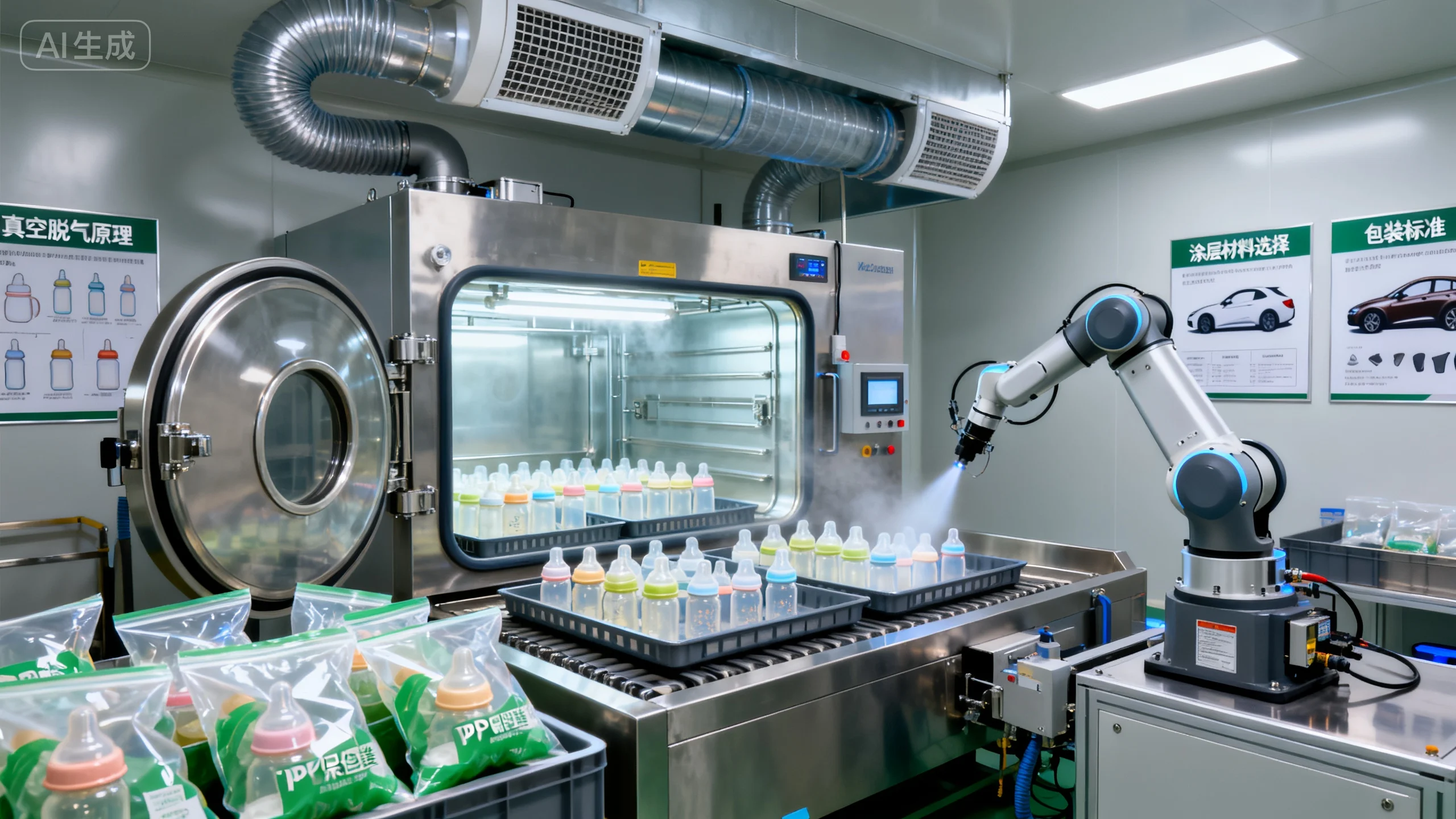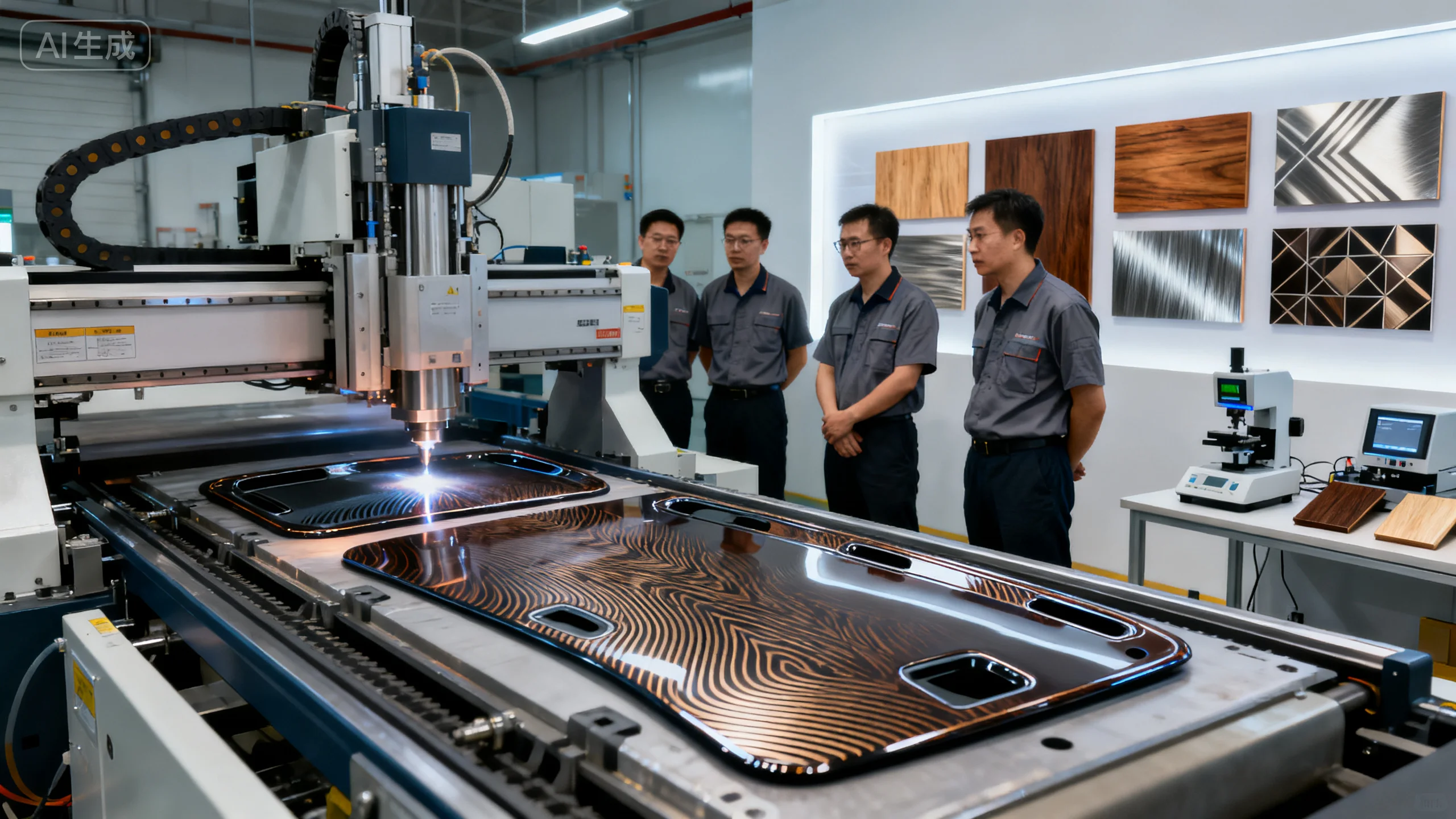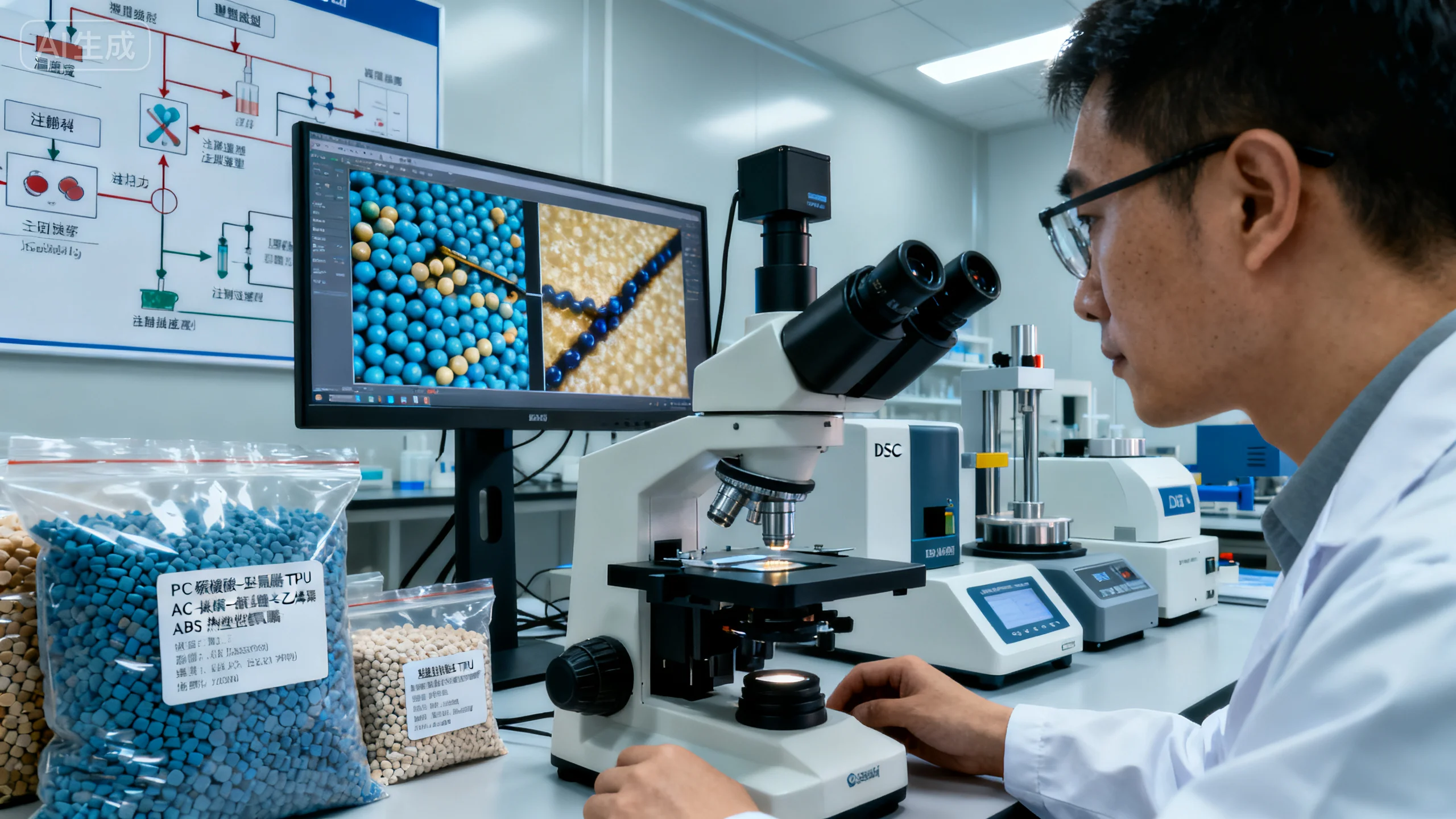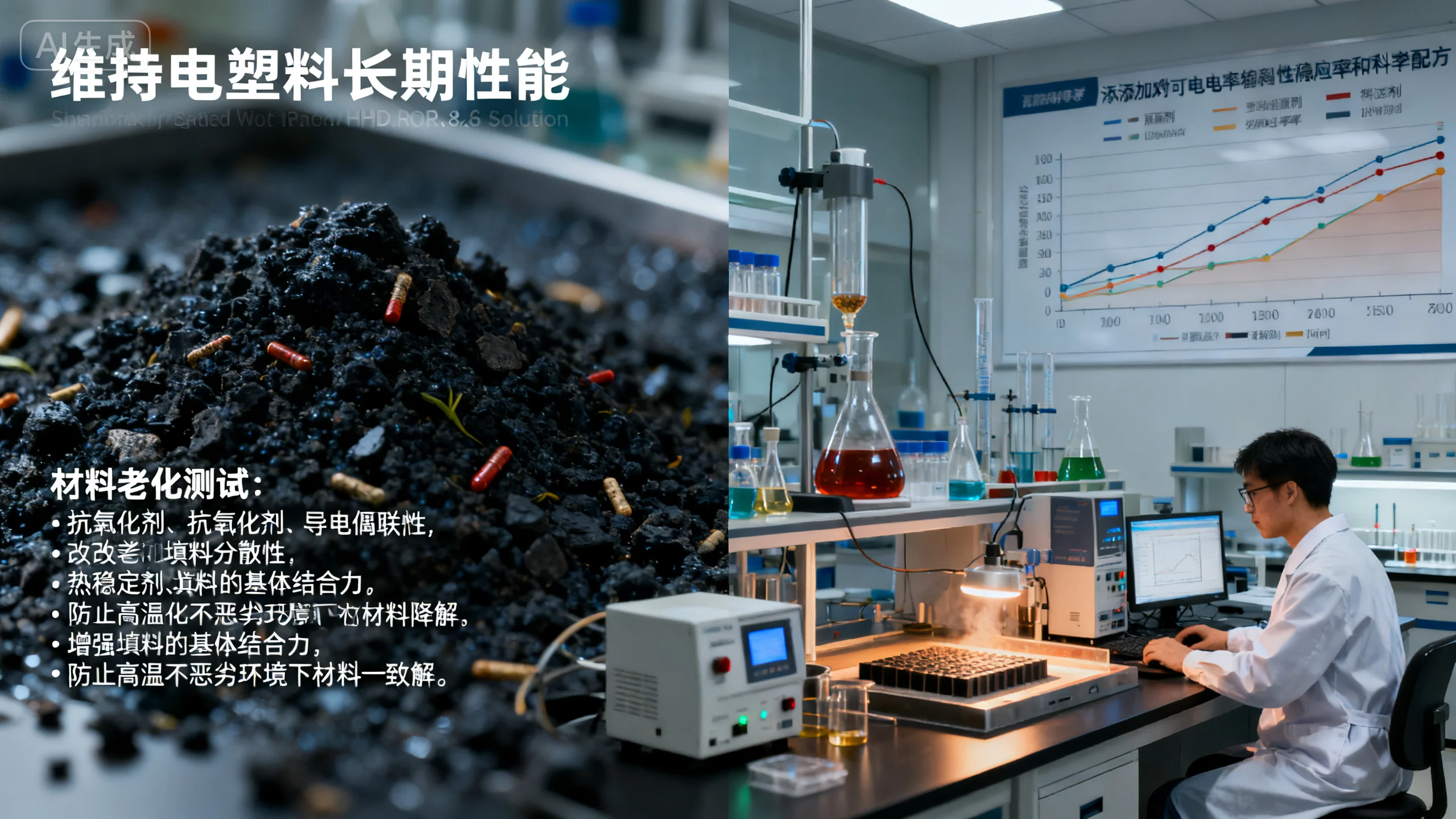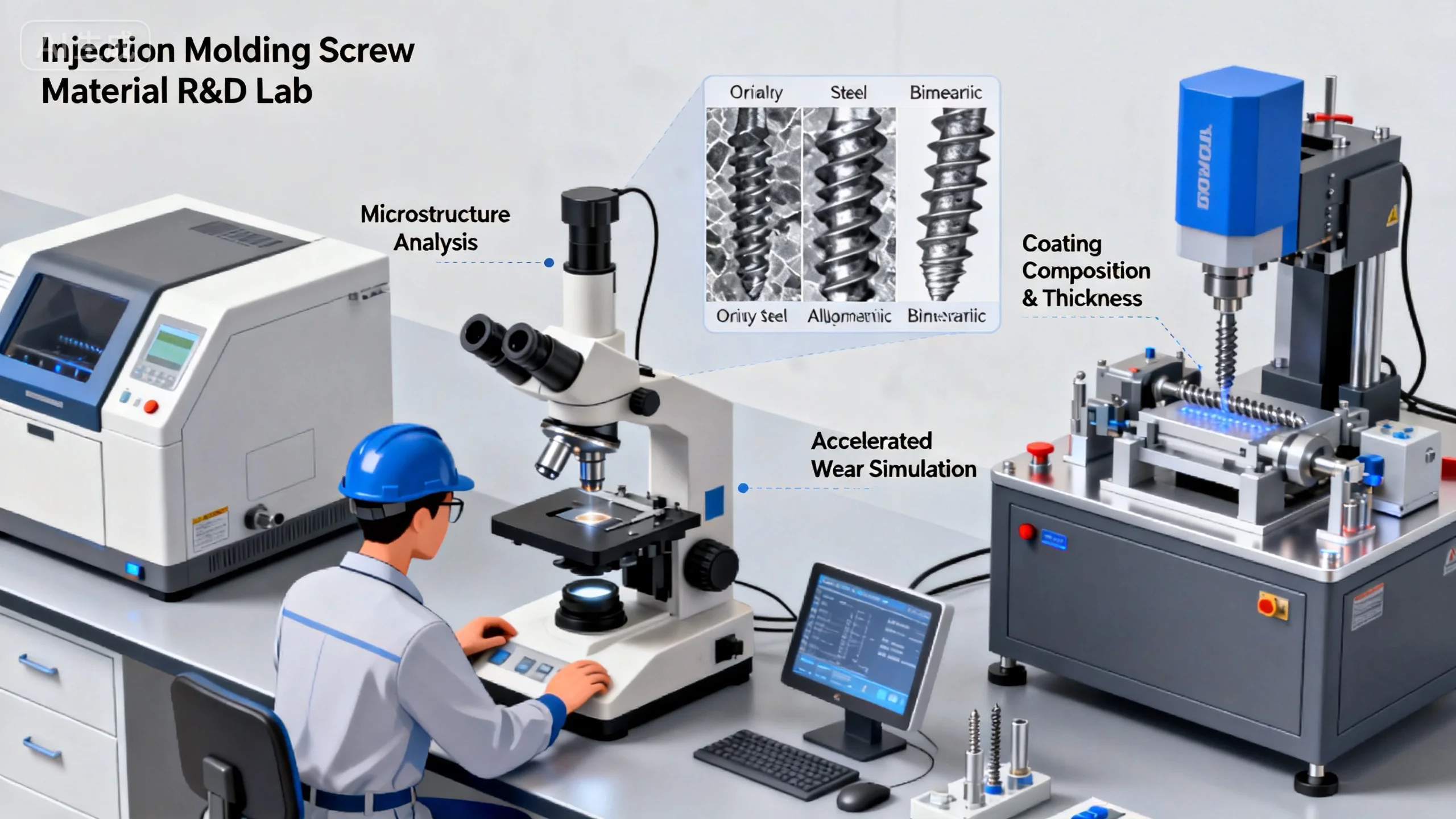Introduction

In modern injection molding, odor control has become a key indicator of product quality. Consumers’ expectations for “odor-free” products relate not only to comfort but also to safety and environmental compliance. Controlling odor volatility requires optimization from raw materials to molding processes.
As industries like automotive interiors, appliances, and medical devices demand lower VOC levels, manufacturers are rethinking their molding workflow. By selecting cleaner resins, fine-tuning processing temperatures, and using low-residue additives, odor emissions can be significantly reduced. Low odor has become not only a quality feature but a symbol of brand competitiveness.
How can material selection reduce odor in injection molded parts?
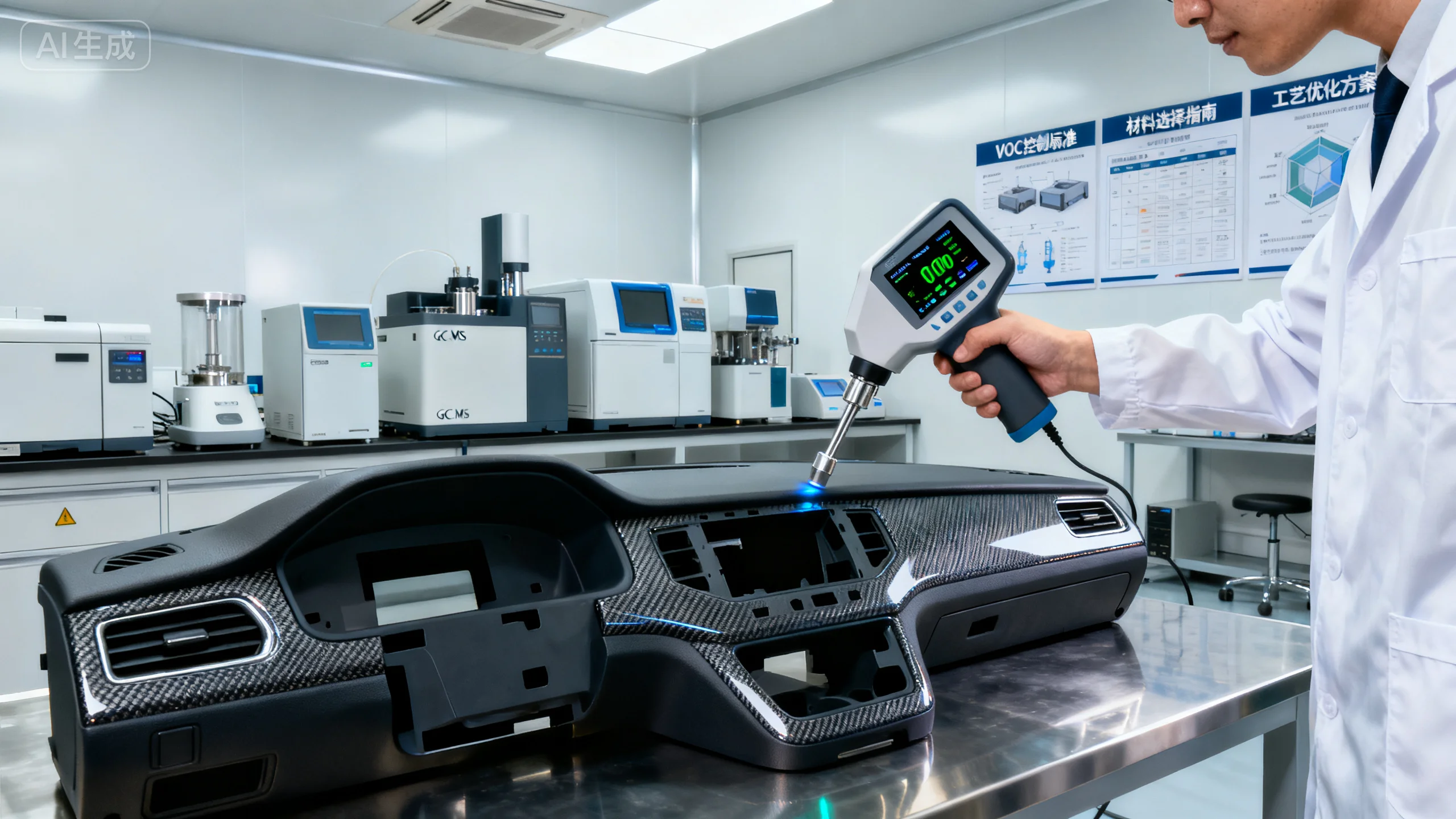
The source of odor often lies in residual monomers, additives, or solvents within the resin. Selecting low-volatility materials and clean additive systems is the foundation of odor reduction. Avoiding sulfur- and nitrogen-based compounds helps eliminate fundamental odor sources.
- Use high-purity resins: Reduce residual low-molecular compounds and improve material stability.
- Adopt odor-free additive systems: Replace conventional plasticizers and antioxidants to lower VOC emissions.
- Control drying conditions: Minimize moisture-induced degradation and odor generation.
- Optimize formulation balance: Maintain a balance between performance, cost, and odor control.
😌 Material purity is the first line of defense against odor in injection molding.
Which molding process parameters most affect odor generation?
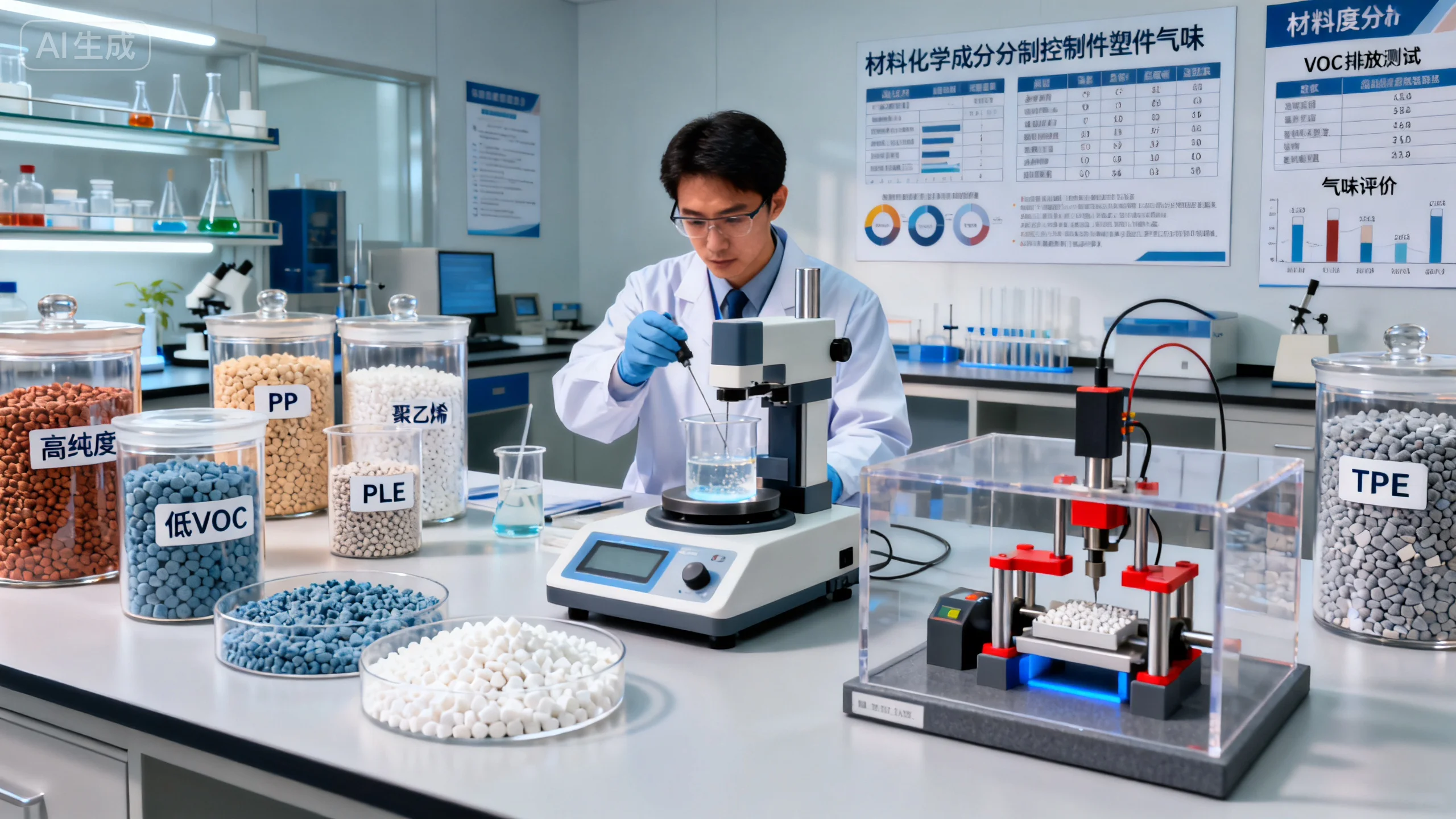
During molding, temperature, shear stress, and residence time are the main drivers of odor formation. Excessive barrel temperature or prolonged melt residence may cause polymer degradation and volatile release. Accurate process control can greatly reduce odor formation.
- Optimize melt temperature: Prevent thermal cracking and volatile molecule release.
- Shorten residence time: Reduce oxidation reactions and maintain melt stability.
- Improve mold venting: Release trapped gases to prevent odor accumulation.
- Maintain screw cleanliness: Avoid contamination from degraded material residues.
🔥 Precise process control is the key to achieving low-odor molding.
How can post-processing further reduce odor levels?
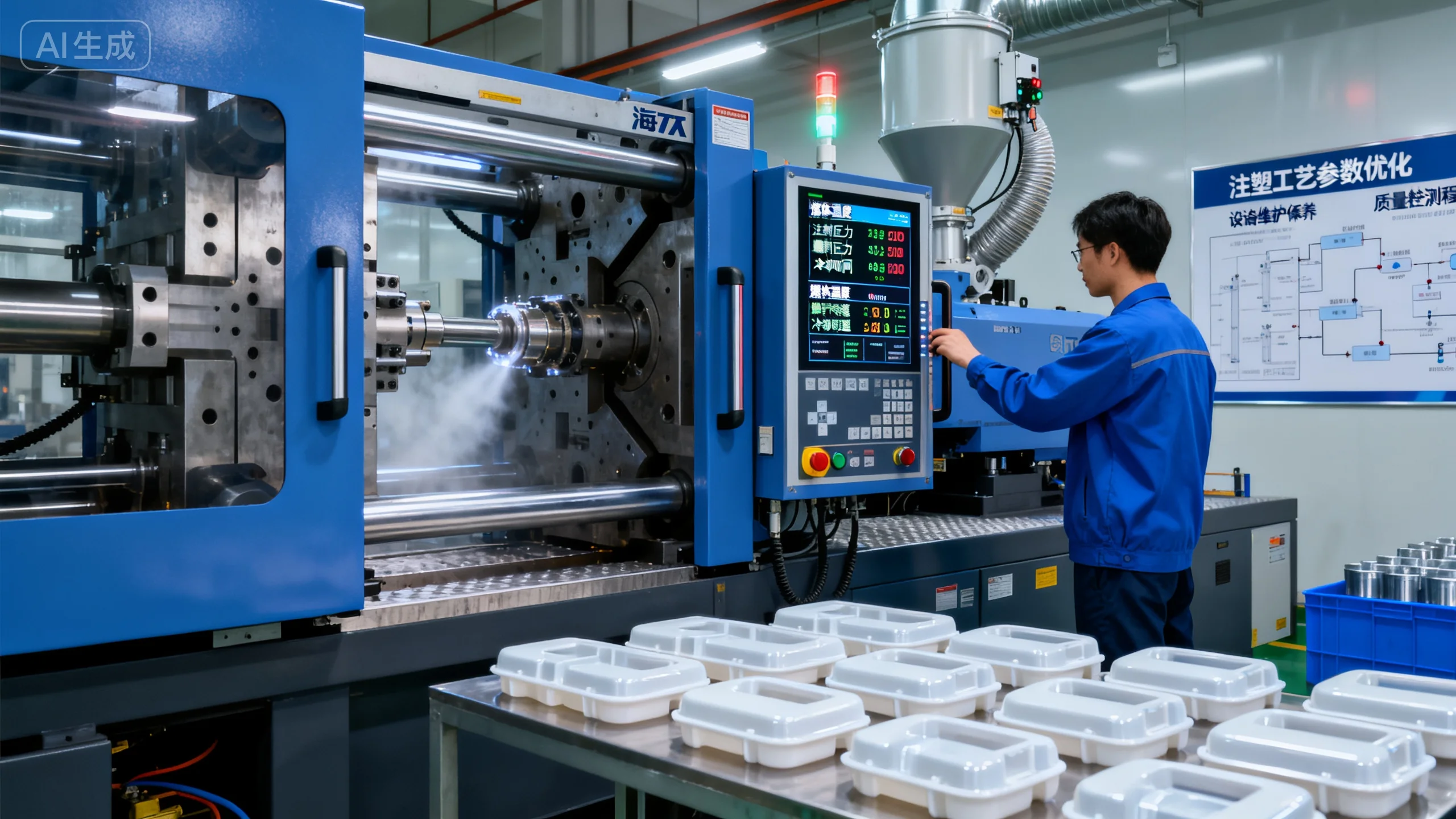
Post-molding odor treatment is often overlooked but is essential to product quality. Through heat treatment, vacuum degassing, or surface coatings, residual gases can be minimized. Scientific deodorization processes ensure final products meet low-odor standards.
- Vacuum degassing: Removes low-molecular residues trapped in the polymer.
- Surface sealing coatings: Prevent internal gases from escaping to the surface.
- Natural aging: Allow odor molecules to dissipate under ventilation.
- Eco-friendly packaging: Avoid odor reabsorption from packaging materials.
🌿 Post-treatment ensures low odor extends to the end-user experience.
Comparison of Odor Control Strategies in Injection Molding
| Control Strategy | Cost Impact | Volatile Reduction | Application Field | Sustainability |
|---|---|---|---|---|
| High-Purity Resin Choice | Medium | ★★★★★ | General Use | High |
| Optimized Process Control | Low | ★★★★☆ | Industrial Parts | High |
| Vacuum Degassing Process | Medium-High | ★★★★★ | Premium Products | Moderate |
| Surface Coating Barrier | Medium | ★★★★☆ | Appliances/Auto | High |
Want your product to go from “odor-free” to “market leader”? contact us.
Eco-Formulation Innovations
The essence of odor control lies in balancing formulation science and process management. By using halogen-free systems, bio-based plastics, and low-residual additives, manufacturers can achieve performance without sacrificing sustainability. Developing low-odor materials represents the future of injection molding innovation.
1.Green additive systems: Replace traditional plasticizers for odor-free formulations.
2.Bio-based material development: Reduce synthetic chemical odor sources.
3.Deodorizing masterbatches: Absorb residual volatiles and enhance odor purity.
4.Real-time VOC monitoring: Ensure consistent quality across production cycles.
Conclusion
Low-volatility injection molding is more than a technical achievement—it reflects a company’s commitment to quality and environmental responsibility. Through integrated management of materials, processing, and post-treatment, true low-odor production can be achieved.This not only enhances product acceptance but also promotes sustainable manufacturing practices. In the near future, low-odor molding will evolve into an industry standard.
For expert assistance in implementing low-VOC solutions for your production needs, visit our resource center or contact us. Let’s help you scale up your manufacturing with precision and efficiency!

